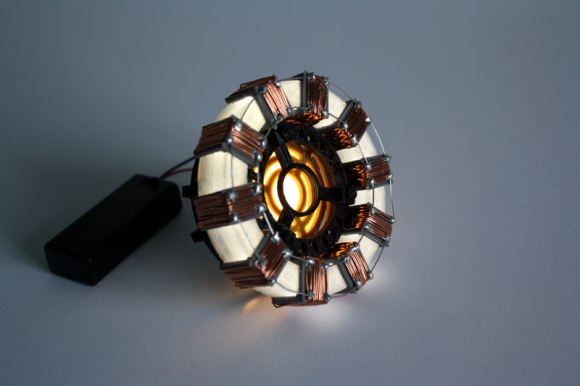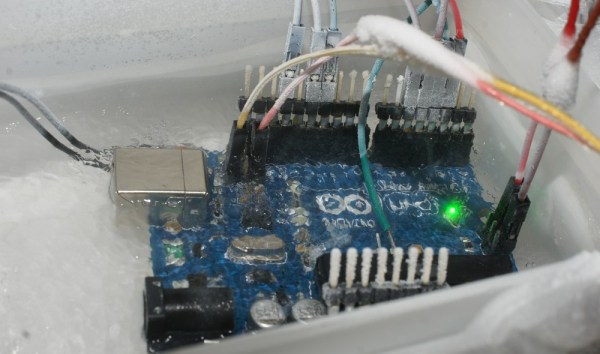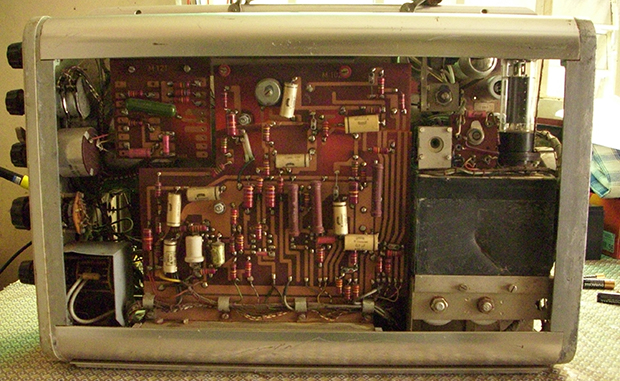![]()
Let’s start off with some lock picking. Can you be prosecuted if it was your bird that broke into something? Here’s video of a Cockatoo breaking into a puzzle box as part of an Oxford University study. [Thanks Ferdinand via Endandit]
[Augybendogy] needed a vacuum pump. He headed off to his local TechShop and machined a fitting for his air compressor. It uses the Venturi Effect to generate a vacuum.
Build your own Arduino cluster using this shield designed by [Bertus Kruger]. Each shield has its own ATmega328. Many can be stacked on top of an Arduino board, using I2C for communications.
[Bunnie Huang] has been publishing articles a few articles on Medium called “Exit Reviews”. As a treasured piece of personal electronics is retired he pulls it apart to see what kind of abuse it stood up to over its life. We found his recent article on his Galaxy S II quite interesting. There’s chips in the glass, scuffs on the bezel, cracks on the case, and pervasive gunk on the internals.
We’d love to see how this this paper airplane folder and launcher is put together. If you know of a post that shares more details please let us know.
Squeezing the most out of a tiny microcontroller was a challenge. But [Jacques] reports that he managed to get a PIC 10F322 to play a game of Pong (translated). It even generates an NTSC composite video signal! Watch the demo video here.







 Are you ready to make a utility sink sized pool of water the location of your next living room game console? This demonstration is appealing, but maybe not ready for widespread adoption.
Are you ready to make a utility sink sized pool of water the location of your next living room game console? This demonstration is appealing, but maybe not ready for widespread adoption. 









